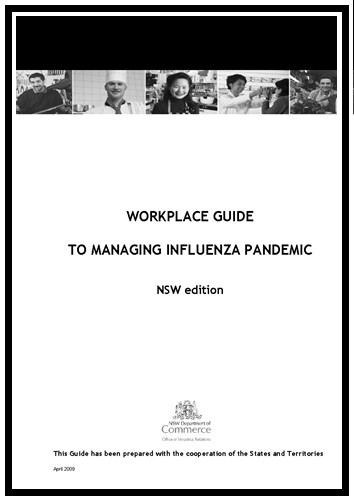Guards around power tools or over moving parts of equipment (e.g. covers over compressor pulleys) are there for seriously good reasons. Injuries and deaths from people getting cut or caught in machinery keep happening all the time.
It’s a common misunderstanding that bits of clothes caught in moving machinery can’t be that dangerous, after all cloth rips doesn’t it? Wrong.
A loose bit of overall sleeve caught in between a pulley and pulley belt is unlikely to rip. It will have an arm or hand mangled in a micro second. Nip points on equipment can catch skin. A de-gloved hand, where a pinch of skin is caught in machinery and the skin is ripped off the hand is as ugly as it sounds.
Do regular checks of things like angle grinders and moving parts of equipment to make sure the guards originally fitted are still in place and doing the job they have to. People will remove guards.
Have a policy that when guards are removed to do repair or maintenance work on equipment the guards are refitted as soon as those sort of jobs are done.
Monitor use of power tools in the workshop. Stop any work being done with power tools when the guard has been removed.
Don’t consider that a guard isn’t necessary if an operator is using some other sort of personal protective gear (e.g. using protective eye gear with a bench grinder that has no fitted shield in front of the grinder wheel). Treat safety as a thing that works best in layers. Murphy’s Law never rests. One level of safety protection will always fail at the wrong time.
Do regular checks on all guards on tools and equipment. Make it a specific check. Include an evaluation of whether equipment that can catch clothes or part of a body is properly guarded. Modern equipment designers are generally pretty good at making sure guards are fitted where they need to be, older gear is not so well designed. If it seems entirely possible for a person to get caught by a moving bit of equipment look at having a guard made and fitted: use a specialist to do that.
Readers are at liberty to use this stuff as they see fit, but acknowledgement of the author and the source (i.e. SafetyatWorkBlog) is expected. Contact Kevin Jones first if ya wanna use it. Cheers.
Col Finnie
col@finiohs.com
www.finiohs.com




